Activity Warm

What are the benefits of a proper warm-up before physical activity ?
Warming up before physical activity is crucial for performance and injury prevention. Key benefits include increased blood flow, enhanced muscle temperature, joint lubrication, mental preparation, reduced injury risk, improved performance, and less muscle soreness. Incorporating a structured warm-up with dynamic stretching and specific exercises can maximize these benefits.
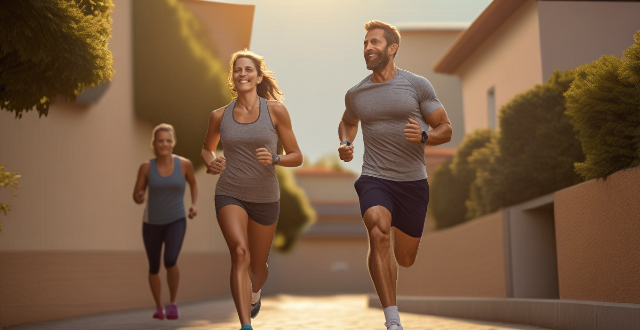
Can stretching alone be an effective warm-up for athletes ?
Stretching alone may not be sufficient as a warm-up for athletes due to limited cardiovascular benefits, insufficient muscle activation, and potential risks associated with static stretching. An effective warm-up should include dynamic stretching, sport-specific movements, gradual progression, and sufficient time to adequately prepare the body for physical activity and reduce the risk of injury.
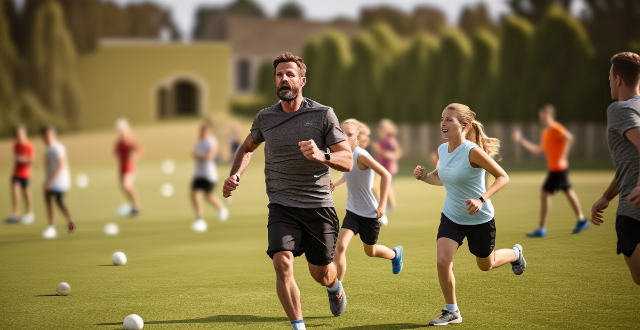
How long should a warm-up session typically last before engaging in sports ?
Warming up is crucial for sports to prevent injuries and prepare the body. The duration varies by sport type, fitness level, and activity intensity, generally lasting 5-15 minutes. Effective warm-ups include low-intensity activities, dynamic stretches, and sport-specific exercises.
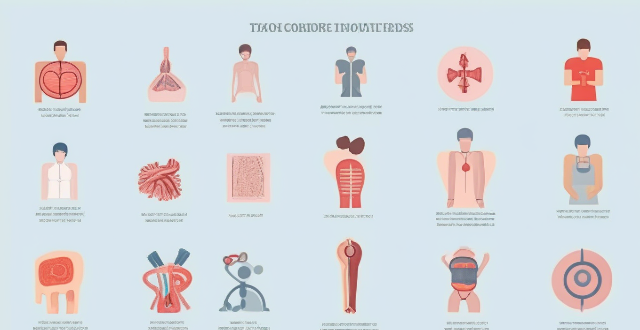
How does a warm-up affect performance in sports ?
Warming up before sports activities is crucial for enhancing performance and preventing injuries. A proper warm-up increases blood flow to the muscles, reduces injury risk, improves coordination and reaction time, and provides mental preparation. There are different types of warm-ups, including general warm-up, specific warm-up, and dynamic stretching. Incorporating these warm-up activities can optimize an athlete's performance and minimize the risk of injuries during competition.

What are some effective warm-up routines for preventing sports injuries ?
Effective Warm-Up Routines for Preventing Sports Injuries: A proper warm-up routine prepares your body for the demands of the sport or exercise by increasing blood flow, raising your heart rate, and loosening up your muscles and joints. Dynamic stretching, light aerobic exercise, sports-specific movements, foam rolling, and cooling down are effective warm-up routines that can help prevent sports injuries.

Should warm-up routines vary based on the individual's fitness level ?
In this article, we have discussed the importance of warm-up routines and whether they should vary based on the individual's fitness level. We concluded that while there are general principles that apply to most warm-up routines, it's important to tailor your warm-up to your individual needs and goals. By doing so, you can optimize your performance and minimize the risk of injury during your workouts.

Are there different warm-up routines for various types of sports ?
Warm-up routines vary by sport to prepare the body for activity and prevent injury. Examples include dynamic stretches, light exercises, and specific drills tailored to each sport's physical demands.

What are some effective warm-up exercises before starting a run ?
This article emphasizes the importance of warm-up exercises before starting a run. It discusses the benefits of dynamic stretching and light aerobic activities, such as high knees, butt kicks, leg swings, jogging in place, side shuffles, and high knees forward march. It also mentions static stretching as an optional component of warm-up routines, focusing on major muscle groups used during running. Finally, it highlights the necessity of proper cool-down and stretching post-run to aid muscle recovery and reduce soreness.
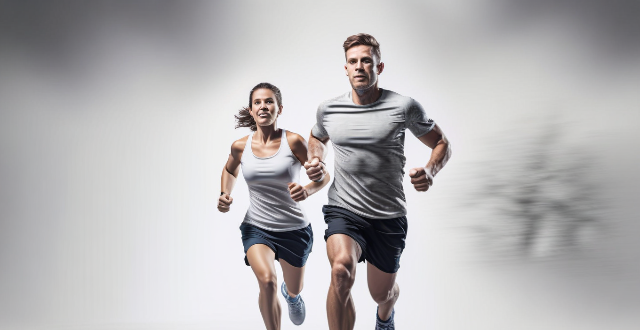
What are some dynamic warm-up exercises that can be done before running ?
Dynamic warm-up exercises are essential for runners to improve performance and reduce injury risk. These include high knees, butt kicks, leg swings (front and side), walking lunges, toy soldiers, ankle circles, side shuffles, plank to runner's lunge, jumping jacks, and light jogging. Each exercise targets specific muscles and joints, enhancing mobility, flexibility, and circulation. Completing these warm-ups prepares the body for running, ensuring better efficiency and comfort during the activity.
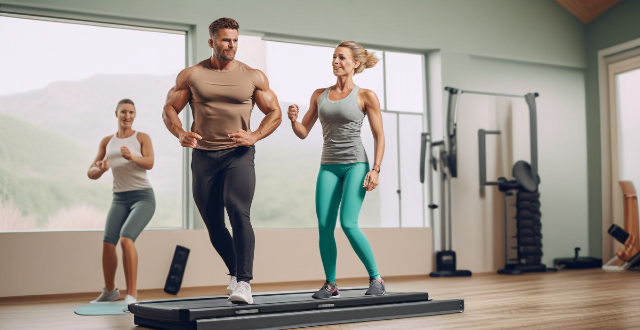
Is it necessary to do a warm-up even for low-intensity workouts ?
A proper warm-up is crucial for any workout, including low-intensity exercises. It increases blood flow and oxygenation, raises muscle temperature, improves range of motion, primes the nervous system, reduces injury risk, and boosts performance. Even for gentle activities like walking or yoga, a warm-up enhances mental focus, gradually activates muscles, promotes consistency, supports joint health, and eases into stretching. Warm-up ideas include walking, dynamic stretching, Tai Chi movements, Pilates exercises, and deep breathing or meditation. Incorporating a warm-up before any workout is essential for maximizing performance, reducing injury risk, and enhancing overall health benefits.

Warm water is close to body temperature, nutrition is easier to be absorbed, and warm boiled water has many daily wonderful functions

Are there any specific stretches or warm-up routines that aid in sports recovery ?
Recovery is an essential aspect of sports and physical activities. Stretching and warm-up routines can aid in reducing the risk of injuries, improving performance, and enhancing overall well-being. Specific stretches such as hamstring, calf, and quadriceps stretches can increase flexibility, reduce muscle tension, and promote blood flow. Warm-up routines like cardiovascular exercises, resistance band exercises, and foam rolling can activate muscles, improve circulation, and reduce tightness. Incorporating these routines into your recovery process can help you achieve better results and prevent injuries.

How do I properly warm up before a gym workout ?
A proper warm-up is crucial before starting any gym workout. It helps to prepare your body for the physical demands of exercise, reduces the risk of injury, and improves performance. Here are some steps to follow for a proper warm-up: 1. Start with 5-10 minutes of low-intensity cardiovascular exercise such as walking, jogging, or cycling. 2. Move on to dynamic stretching exercises that involve moving your joints through their full range of motion while gradually increasing intensity. 3. Perform activation exercises that activate specific muscle groups that you will be using during your workout. 4. Spend a few minutes rolling out areas that feel tight or sore with a foam roller. 5. Perform mobility drills that help to improve flexibility, stability, and coordination. 6. Finally, perform a few warm-up sets of the exercises you plan to do in your workout. Remember to listen to your body and adjust the duration and intensity of your warm-up based on how you feel. A proper warm-up should leave you feeling energized and ready to tackle your workout.

How to choose the right extracurricular activity for your child ?
Choosing the right extracurricular activity for your child is crucial for their development and well-being. Consider your child's interests, skills, and abilities, evaluate the time commitment and logistics, seek recommendations and read reviews, and involve your child in the decision-making process to help them choose an activity they will enjoy and benefit from.
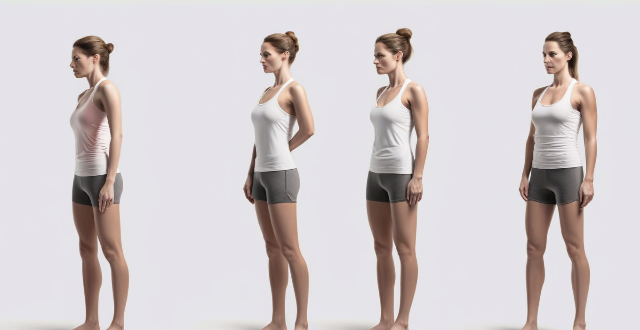
Why is it important to warm up before exercise ?
Warming up before exercise is crucial for preparing the body, preventing injuries, and improving performance. Benefits include increased blood flow, raised body temperature, loosened joints, prepared nervous system, reduced cardiovascular risk, and enhanced workout results.

How does hydration affect physical activity ?
Hydration is crucial for physical activity, affecting performance, endurance, and well-being. It regulates body temperature through sweating and heat tolerance, supports energy production and recovery, lubricates joints, maintains blood volume for heart function, and ensures mental clarity. Dehydration can lead to decreased performance, impaired thermoregulation, cardiovascular strain, and reduced cognitive abilities. To maintain hydration during physical activity, strategies include pre-activity hydration, regular fluid intake during exercise, post-activity rehydration, electrolyte balance, monitoring urine color, listening to thirst signals, and avoiding diuretics.

Can physical activity improve mental health ?
Physical activity has been found to significantly improve mental health by enhancing self-efficacy and stress self-management skills. Research shows that engaging in physical activities can lead to a sense of accomplishment, boosting an individual's confidence in their abilities, which in turn fosters better stress management and contributes to enhanced mental well-being. This relationship is particularly important for adolescents, a demographic vulnerable to mental health challenges. Future research should focus on identifying specific types of physical activities that have a greater potential to enhance these skills, guiding the development of targeted interventions aimed at improving mental health through physical activity.

How does warming up prevent injuries during exercise ?
Warming up is crucial for preventing injuries during exercise by raising body temperature, increasing blood flow, and loosening up muscles. It also prepares the mind for the upcoming activity. General warm-up exercises increase overall body temperature, while specific exercises mimic the movements of the sport or activity. An effective warm-up routine should start slowly, focus on major muscle groups, include gentle stretches, and not be rushed. Incorporating a thorough warm-up can significantly reduce the risk of injuries and improve performance.

Does regular physical activity prevent burnout ?
Regular physical activity can help prevent burnout by boosting mood, reducing stress, improving sleep quality, enhancing cognitive function, and promoting social interaction. However, it should be part of a broader approach to managing stress and preventing burnout.

Can regular physical activity prevent depression ?
Regular physical activity can reduce depression risk by releasing endorphins, improving sleep, and boosting self-esteem. Start with 30 minutes daily of activities like walking or swimming, and consider joining a fitness class for motivation. Gradually increase intensity and listen to your body to avoid overexertion.
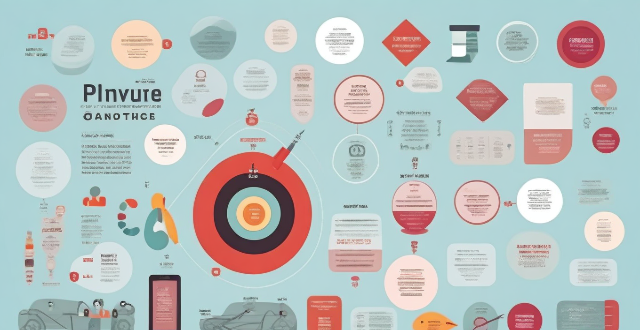
Can regular physical activity reduce anxiety levels ?
Regular physical activity can help reduce anxiety levels by improving mood, reducing stress hormones, promoting better sleep, increasing self-esteem and confidence, and providing social support. Engaging in at least 30 minutes of moderate-intensity exercise per day can significantly reduce anxiety symptoms.

How does physical activity impact public health policies ?
The text discusses the importance of physical activity in promoting individual and public health. It outlines how regular exercise can prevent chronic diseases, improve mental health, and aid in weight management. The text then explains how these benefits influence public health policies, including the development of programs promoting physical activity, funding for research, and public awareness campaigns. Overall, it emphasizes the need for governments to promote physical activity through various initiatives, aiming to create a society where being active is a way of life.

Can regular physical activity improve mental health ?
Regular physical activity can improve mental health by reducing the risk of depression and anxiety, enhancing self-esteem and cognitive function, improving sleep quality, and reducing stress. Practical recommendations for incorporating exercise into daily routines include starting small, finding enjoyable activities, setting realistic goals, making it social, incorporating strength training, staying consistent, listening to your body, and consulting with professionals.

Can regular physical activity prevent age-related diseases ?
The text discusses the potential of regular physical activity to prevent age-related diseases, highlighting its numerous benefits such as improved cardiovascular health, enhanced immune function, better bone density, reduced inflammation, and improved mental health. It further elaborates on how these benefits can specifically prevent or delay the onset of diseases like cardiovascular diseases, diabetes, osteoporosis, cancer, and dementia. The conclusion emphasizes that while regular physical activity can play a significant role in preventing age-related diseases, it should be part of a comprehensive approach to health that also includes a balanced diet, adequate sleep, and stress management.

How does physical activity affect children's cognitive development ?
This article discusses the positive impacts of physical activity on children's cognitive development, including improved attention and memory, enhanced executive functioning, increased learning abilities, reduced stress and anxiety, and promoted socialization and teamwork skills. Regular exercise can enhance blood flow to the brain, strengthen neural connections in the prefrontal cortex, stimulate neurogenesis, release endorphins, and provide a healthy outlet for releasing energy and emotions. Encouraging children to engage in regular physical activity can have long-lasting positive effects on their overall well-being and success throughout life.

Can physical activity reduce the risk of heart disease ?
Regular physical activity can significantly reduce the risk of heart disease by improving blood circulation, strengthening heart muscles, and reducing major risk factors such as high blood pressure, high cholesterol, and diabetes. Recommended types of exercise include aerobic activities and strength training. Following guidelines from health organizations like the WHO can help maintain cardiovascular health.

How does music influence motivation during physical activity ?
Music has a significant impact on motivation during physical activity. Fast-paced music increases energy levels, slow-paced music promotes relaxation, and enjoyable music enhances mood. Music can also distract from pain and fatigue, and personal preference plays a role in its effectiveness. Incorporating music into workout routines can make exercise more enjoyable and lead to better results.

Is there a link between physical activity and improved creativity ?
The text discusses the potential relationship between physical activity and creativity, highlighting various studies and theories that support this link. It suggests that regular physical exercise can enhance creativity by improving blood flow to the brain, promoting a relaxed mental state, and providing necessary breaks from mentally demanding tasks. The text also explores practical implications for individuals and organizations, suggesting strategies such as integrating movement into daily routines and designing active workspaces to boost creative thinking. Overall, while more research is needed to fully understand the relationship between physical activity and creativity, the text encourages incorporating physical activities into daily practices to potentially enhance imaginative thinking and innovation.

What are the benefits of physical activity on brain health ?
Physical activity has numerous benefits for brain health, includingPhysical activity has numerous benefits for brain health, including risk of dementia, including improved cognitive function, reduced risk of dementia, and increased overall brain volume. Regular exercise increases blood flow to the brain, delivering nutrients and oxygen to neurons, reducing inflammation and oxidative stress, and enhancing neural plasticity through increased levels of BDNF. Additionally, physical activity improves mood, reduces symptoms of depression and anxiety, and improves sleep quality. Incorporating regular exercise into your lifestyle can help maintain a healthy mind and body.

How can parents incorporate physical activity into their homeschooling routine ?
Incorporating physical activity into a homeschooling routine is crucial for a child's development, as it enhances cognitive abilities, improves mood, and fosters social skills. Parents can achieve this by scheduling regular exercise time, integrating movement into learning, involving outdoor activities, making physical activity fun, setting an example, and using technology. Starting the day with exercise, taking breaks for physical activity, teaching concepts through movement, combining art with movement, planning nature walks or hikes, assigning gardening tasks or outdoor chores, playing games, hosting dance parties, participating in physical activities alongside the child, enrolling the child in online fitness classes or following workout videos, and allowing the child to play active video games are some effective ways to incorporate physical activity into the homeschooling routine.